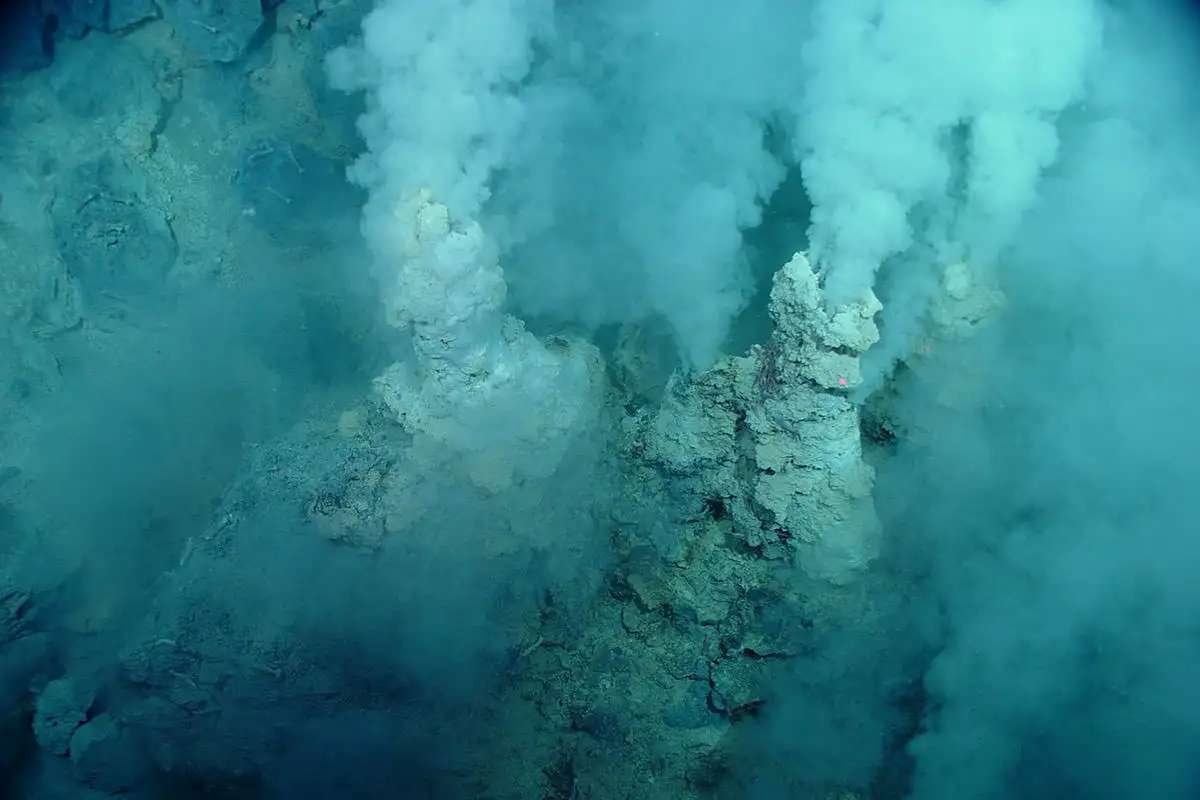In a groundbreaking study led by researchers at the University of Bristol, scientists have pushed back the timeline of life on Earth to an astonishing 4.2 billion years ago, identifying LUCA—the Last Universal Common Ancestor—as a highly complex organism that played a foundational role in early ecosystems. LUCA, which predates the split between the domains of Bacteria and Archaea, sits at the root of the evolutionary tree and holds the key to understanding how life first established itself on a young, volatile Earth.
Using advanced molecular clock techniques and genetic data, the team reconstructed LUCA’s origin by focusing on ancient gene pairs known as paralogues, which predate LUCA itself. This allowed them to bypass more recent evolutionary noise and generate a precise timeline. Fossil and isotopic data were layered in through a method called cross-bracing, refining the estimate to 4.2 billion years—potentially before the Late Heavy Bombardment, a period once thought too hostile for life to survive.
LUCA’s Complexity and Early Ecosystems
Far from being a simple microbe, LUCA the Last Universal Common Ancestor was genetically complex, with a genome of at least 2.5 megabases encoding around 2,600 proteins—comparable to many modern bacteria. It operated in anaerobic conditions, likely through acetogenesis, feeding on hydrogen and carbon dioxide. Researchers also found signs of an early immune-like system, implying that viral threats existed even then, pointing to microbial competition as a defining feature of early life.
LUCA’s metabolic byproducts supported surrounding microbes, fostering interdependent systems that resemble today’s microbial ecosystems. According to Professor Tim Lenton of the University of Exeter, LUCA’s chemical waste may have sustained other organisms, suggesting that ecological cooperation and recycling emerged rapidly. These findings support the idea that life quickly organized into complex, self-sustaining networks, much earlier than previously believed.
The shared biological traits of modern organisms—such as the universal genetic code, ATP-based energy use, and common amino acid chirality—can all be traced back to Last Universal Common Ancestor (LUCA). This underscores its role not only as a common ancestor but as a blueprint for life’s biochemical foundations.
Scientific Breakthroughs and Cosmic Implications
To address the scarcity of direct fossil evidence from such an ancient period, the researchers integrated geochemical signatures with genetic data using a relaxed Bayesian framework. Their timeline was anchored using 13 fossil benchmarks, including events like the Moon-forming impact and the emergence of photosynthesis. Notably, the team chose not to rely on the increasingly questioned Late Heavy Bombardment theory, further strengthening the robustness of their dating.
Last Universal Common Ancestor (LUCA) evolutionary significance lies not just in its age, but in its ecological impact and complexity. Its existence implies that life began and diversified quickly once Earth became habitable, raising hopes that similar processes could occur on other planets. As Professor Philip Donoghue noted, the study reshapes our understanding of Earth’s past while offering a roadmap for the search for extraterrestrial life.
Conducted by an international consortium including University College London, Utrecht University, and the Okinawa Institute of Science and Technology, the study represents a major step forward in evolutionary biology. Their findings are published in Nature Ecology & Evolution under the title, “The Nature of the Last Universal Common Ancestor and Its Impact on the Early Earth System.”
Visit The Lifesciences Magazine to read more.







